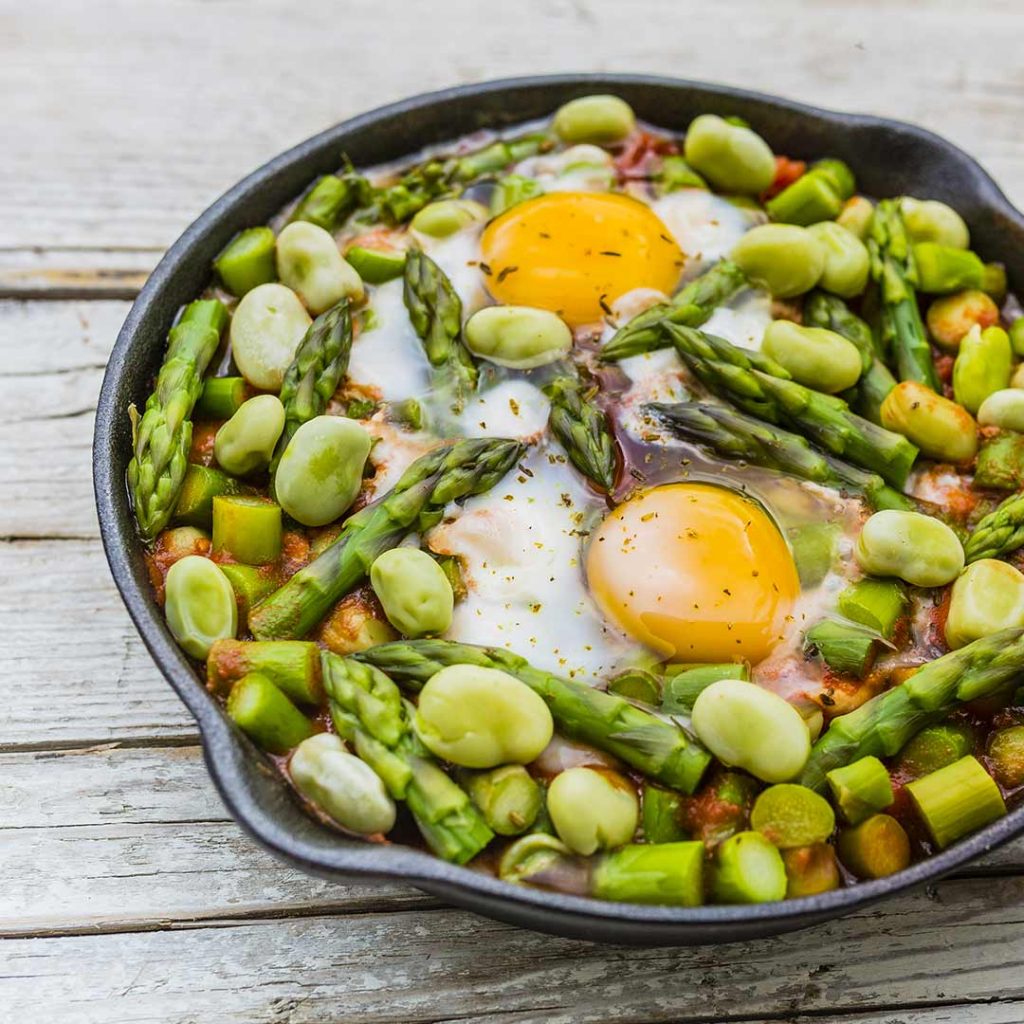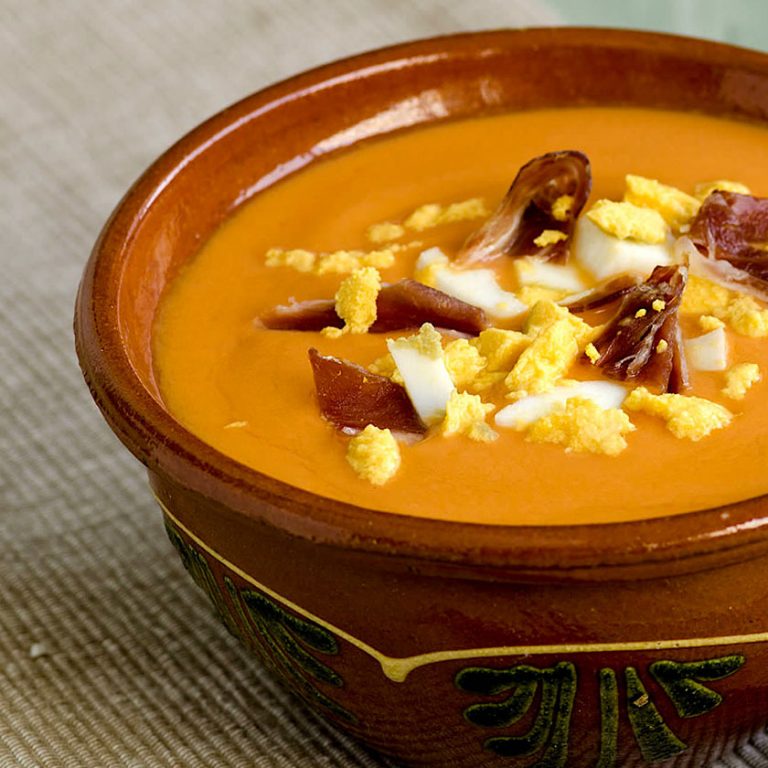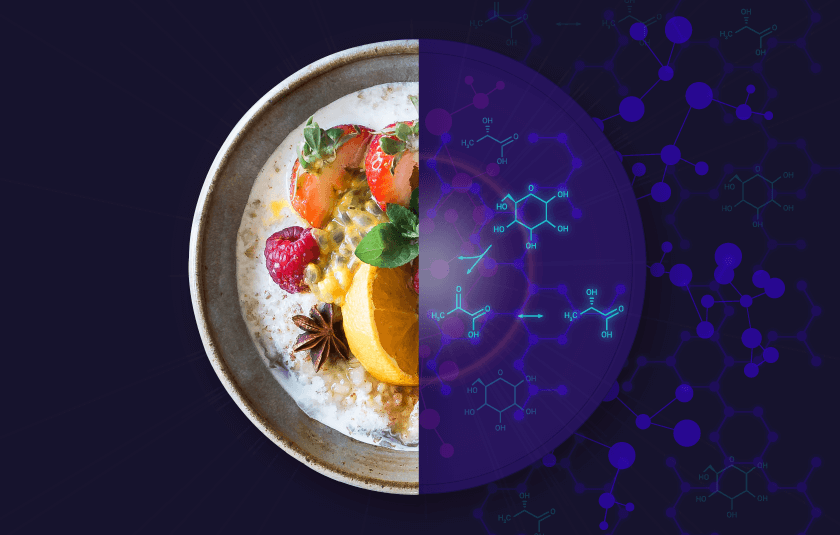“5 essential foods if you do Crossfit”, “The perfect breakfast for a triathlete”, “10 foods to eat before going for a run”, “3 pre-training sessions that will improve your performance in the gym”. These could be some of the typical headlines that you read in the typical magazines that they have in typical hair salons. But the truth is that nutrition does not work in a generic or theoretical way. Each person needs to eat in a certain way according to many variables: their metabolism, stress level, schedules, type of workouts, sports goal, tastes, intolerances, cooking knowledge, feelings, the usual, blah blah blah. And for that, a sports nutritionist needs to work with you.
In this post we do not intend to tell you what, how, when, how much and why to eat before each workout because, although nothing would like more, we do not know you. What we have tried is to collect information that, although too generic, may be useful when deciding what to eat before a training or competition.
But before starting, two important points:
- Pre-training is an ongoing process. It is not worth doing a “perfect” pre-workout if you have the rest of the meals like that in random mode. Our body arrives well to one training and the next and the next and the next, for all the meals that surround that training, not only thanks to the previous one. It is true that making a good choice before training will help you to give your body
joy Macarenawhat it is going to need and not give it what could be a problem. And of course, that will improve your performance.
- The day of the test is not tested. Your intestine also trains, but it takes time. It is important that in training you try and observe what suits you before doing what, with how long, in what quantity, etc. If you have not been able to train your pre-trainings or refreshments, on the day of the test do not pay too much attention to the options that we put here and try to eat what you have already tried and it has worked well for you.

PRE-TRAINING DEPENDS ON THE TYPE AND DURATION OF THE TRAINING
If we are going to do strength training such as a Crossfit circuit, we will generally need our pre-workouts to be low in fat , moderate in protein and high in slow-absorbing carbohydrates, preferably.
Why?
Simplifying a lot, we could say that our body uses two ways to obtain energy: carbohydrates and fats. The use of these energy pathways will depend a lot on our heart rate, our oxygen, intensity and duration of exercise.
Simplifying a lot, we could summarize that in strength training (usually intense and of short duration) the energy route that is most used is that of carbohydrates.
Simplifying even more, we could clarify that, really, it is not that during a training we only use one route to obtain energy but that at a given moment one path predominates over another. In the case of a training type HIIT or Crossfit, in which, generally, the exercises are intense and short, our breathing is scarce and, therefore, our oxygen too; our body obtains energy from 80% carbohydrates and 20% from fats.
Why?
Because, simplifying another bit – already, totally – in order to use the fat pathway as an energy pathway, the body needs higher levels of oxygen to be able to oxidize it. Because fat does not “burn”, it does not burn, it actually oxidizes. Therefore, in types of training of low-moderate intensity and of longer duration, in which our pulse is generally low and we have enough oxygen, such as a 45-minute light run or two-hour light bike rides, our body You can use fat in a higher percentage than carbohydrates.
In addition to the type of intensity at which you train, it would be convenient to take into account the mobility of the stomach: if you are sitting on the bike, having food in the gut will not be as much of a problem as if you are running, jumping or horizontally as in the case of swimming.
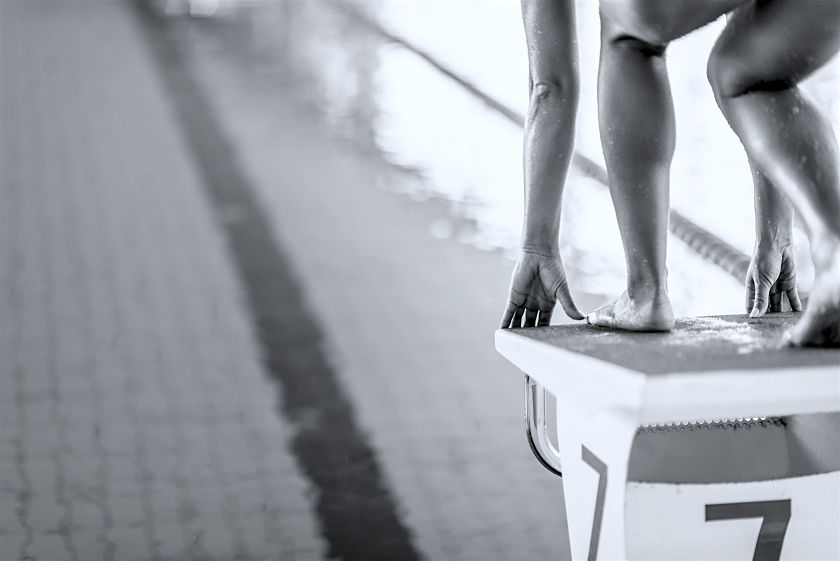
DEPEND ON DIGESTION TIME
Digestion is a very personal and dependent affair. Each person, each meal and each circumstance has its digestion time. What we do know is that it is convenient to do sports on an empty stomach for two main reasons:
- When we digest, the blood goes to the abdomen area to be able to absorb more nutrients and, therefore, we lose that blood at the muscular level. Even if you do not have gastrointestinal problems, it is possible that your performance decreases due to having less blood in your muscles.
- Our body is still like that of a monkey. When you run, don’t think you’re running to get fit, improve your personal brand, or help raise funds in a charity 10k. What your body believes is that a predator is chasing you and, therefore, prioritizes only the functions that will help you escape (muscular, respiratory …) and “deactivates” some that it thinks are not important at that time, such as digestion. . Therefore, if you are in the middle of a digestion when starting your training or competition, you may feel discomfort because it has been interrupted for a period of time.
What foods digest faster?
Food gives us energy (calories). This energy can come in four ways (carbohydrates, proteins, fats and alcohol). Alcohol aside, the other three macronutrients are not better or worse for our digestion, but they do have a different speed of digestion:
– Fat is digested very slowly, making gastric emptying difficult. That is, we spend more time digesting it and it could give us more problems later.
– The proteins they will protect the muscles in intense workouts. We can include, for example, a small dose in the form of eggs or dairy, but it also slows down digestion, so the amount will depend on the time we have until training. As long as we can introduce food in liquid, creamy or ground textures, our digestion will be much faster and more comfortable for the body. You don’t have to be a nutritionist to assume that your stomach is going to have a harder time destroying a steak than a whipped cheese.
– carbohydrates will help us fill our glycogen reserves (glucose store) which is where energy comes from, on all in strong and intense workouts in which our pulse shoots up. If you are going to have less than an hour to digest, it would be convenient to avoid foods that are very rich in fiber, such as fruits with skin, vegetables or whole grains, but all this depends a lot on each person and the amount of fiber you eat.
Simple or complex hydrates?
Simple hydrates are easily absorbed by the body and provide almost immediately available energy. Complex hydrates are assimilated more slowly, so they provide us with energy little by little and for a longer time.
Foods rich in simple carbohydrates (honey, raisins, bananas, jams, dates and various sugars …) when absorbed quickly, also rapidly increase the level of glucose in the blood. In other words, these foods have a high glycemic index (GI).
So roughly, we could say that if we eat this type of food without having anything else in the stomach, glucose rises very quickly but will also fall very quickly due to the intervention of insulin. This could cause us to go down during sports and feel the typical and dreaded “pájara”. The idea is to incorporate recipes with slow-moderate absorption complex carbohydrates in which we can also include some food rich in simple carbohydrates such as raisins, honey or jam …
But why does it matter so much that we have an empty stomach?
Good question. Because what really matters is not so much the glycemic index (GI) as the glycemic load (GL). The glycemic load does not refer to the ability of the isolated food to raise the blood glucose level, but to the ability of the entire recipe to raise the blood glucose level. For example, if we add other foods rich in fat or protein to a food with a high glycemic index, the glycemic load (remember, the ability of the recipe to increase the level of glucose in the blood) will decrease, since the digestion process will be slower and therefore blood glucose would not rise as fast.
Having said that, and with more than one physiologist at 190 beats when seeing our simplifying index (SI) that refers to our ability to simplify the internal processes of the organism, we will say the usual, that each person It is a world, that there are no good or bad pre-training sessions for everyone and that you have to assess, test, reassess, and really see what happens in each body.
Is it good to eat pasta at dinner before?
Although Pasta Party is already a classic in medium and long distance tests, the truth is that rice is a cereal that will provide us with the same type of carbohydrates but that is better digested pasta, so our body will rest better the night before. Eating a lot of carbohydrates will depend, for example, on the goal we have, our current body composition and body composition we want to reach. If, for example, you are in an already optimal body composition, you could incorporate carbohydrates in your dinner such as potatoes, whole wheat bread, quinoa … If your training is not going to be very extensive and then you are going to be sitting in the office all day, it would not be necessary either incorporate carbohydrates in the previous day’s dinner.
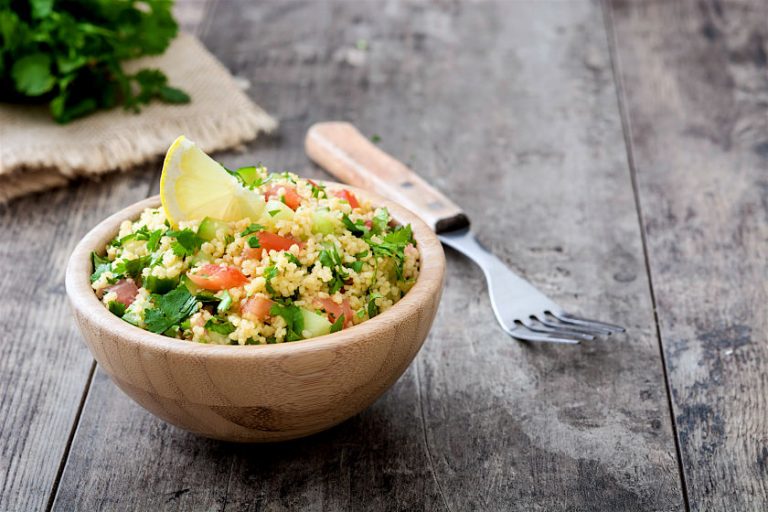
Pre-training options depending on the time you have:
30min – 1h
- Baby cereal porridge: we include carbohydrates with a creamy texture, semi- easily digestible liquid / semi-solid. It can help us when we want to have a drink before training, the bull has caught us and we don’t have much time.
- Strawberry, banana, crunchy oat bran and protein powder smoothie (all shake): hydrates of complex carbon (oatmeal), the protein balances the recipe and being powder facilitates digestion. As it is a liquid texture, it can be taken half an hour before training.
1h – 2,5h
- Oatmeal porridge with banana, protein and a little honey. When you cook the oatmeal, it opens and the starch (part of the carbohydrate in cereals) comes out and forms that texture more gelatinous rice pudding type. As the starch leaves the flake our digestive enzymes (the scissors that cut everything into smaller molecules) access it more easily and, therefore, facilitate the digestion process.
- Mashed potato with rosemary, light cheese, a touch of old mustard and French omelette. It could be an option if, for example, we train at noon and we eat a couple of hours before. The potato will provide us with carbohydrates, as it is pureed, its digestion process will be simple. With the French omelette we provide protein and it is easier to digest than a breast.
- Toast with 0% whipped cheese and jam: could be a good choice for breakfast or snack. We include slow-absorbing carbohydrates with bread and fast-absorbing carbohydrates with jam. We also incorporate a little protein with the cheese.
2,5h – 3h
- Rice with a few vegetables (100g), soy sauce and natural tuna. When we have more time we can make a more complete recipe so as not to arrive hungry to training or competition.
- Cuban quinoa with grilled egg. Instead of quinoa you can use couscous, bulgur or rice.
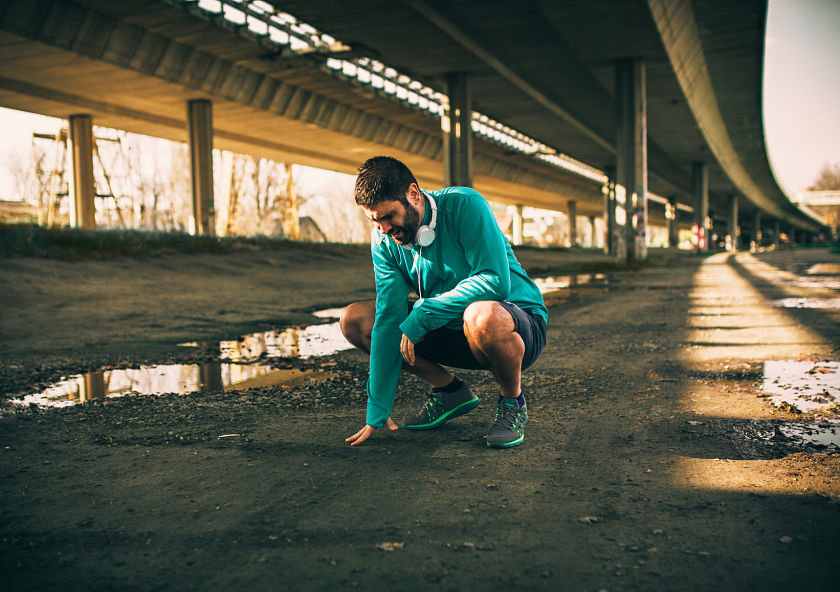
DEPEND ON EACH PERSON
Is it good to train on an empty stomach?
There may be people who, due to gastrointestinal problems or a lack of appetite for food just woke up, go to train fasting, in which case it would be convenient incorporate carbohydrates in the previous dinner, especially if the training that is going to be done first thing in the morning is going to be intense. In some cases, if the type of training is extensive, at low pulsations, we could go on an empty stomach even without having put carbohydrates in the previous dinner. This depends on the adaptation of each person.
Training on an empty stomach can be used as a strategy in endurance sports in which you seek to adapt your body to use more fat – and less hydrates – as fuel. This strategy should be supervised by your coach and nutritionist depending on whether you have competition or not, your current body composition, your target body composition, workouts and loads for the rest of the week, among other variables.
If my stomach is closed due to nerves, what do I do?
It depends on the person. The nails do not provide any type of energy, so it will be important that you try to relax as much as you can to be able to eat the pre-workout, especially if the training you are going to do is intense. Try to make textures easy to digest and that you like a lot. If this is impossible, try to load more carbohydrates the night before.
Is coffee good?
One of the most sought after pre-workouts is coffee and other stimulants of the nervous system. If you are very interested, you can read our post on caffeine and performance what is the host … For now, we leave you these basic but important considerations about coffee:
-
A low dose of caffeine (3mg / kg of weight) for a 70kg person would be approximately 200mg of caffeine (2 cups small coffee) could serve as an ergogenic aid and improve your performance without causing side effects such as gastrointestinal upset, nervousness, insomnia or lack of concentration. But, the physiological response to caffeine consumption is highly variable, so own experience and trial and error are necessary.
-
If your body is adapted to caffeine because you drink three coffees a day, don’t expect the day of the competition to be the magic potion. Therefore, in competition periods it would be convenient to reduce the daily doses of caffeine to have less tolerance and that the use prior to the competition is significant.
-
Caffeine is usually absorbed between 30-45 minutes and has a peak effect at 60-90 minutes after ingestion . A moderate dose of caffeine could last up to 4 hours.
